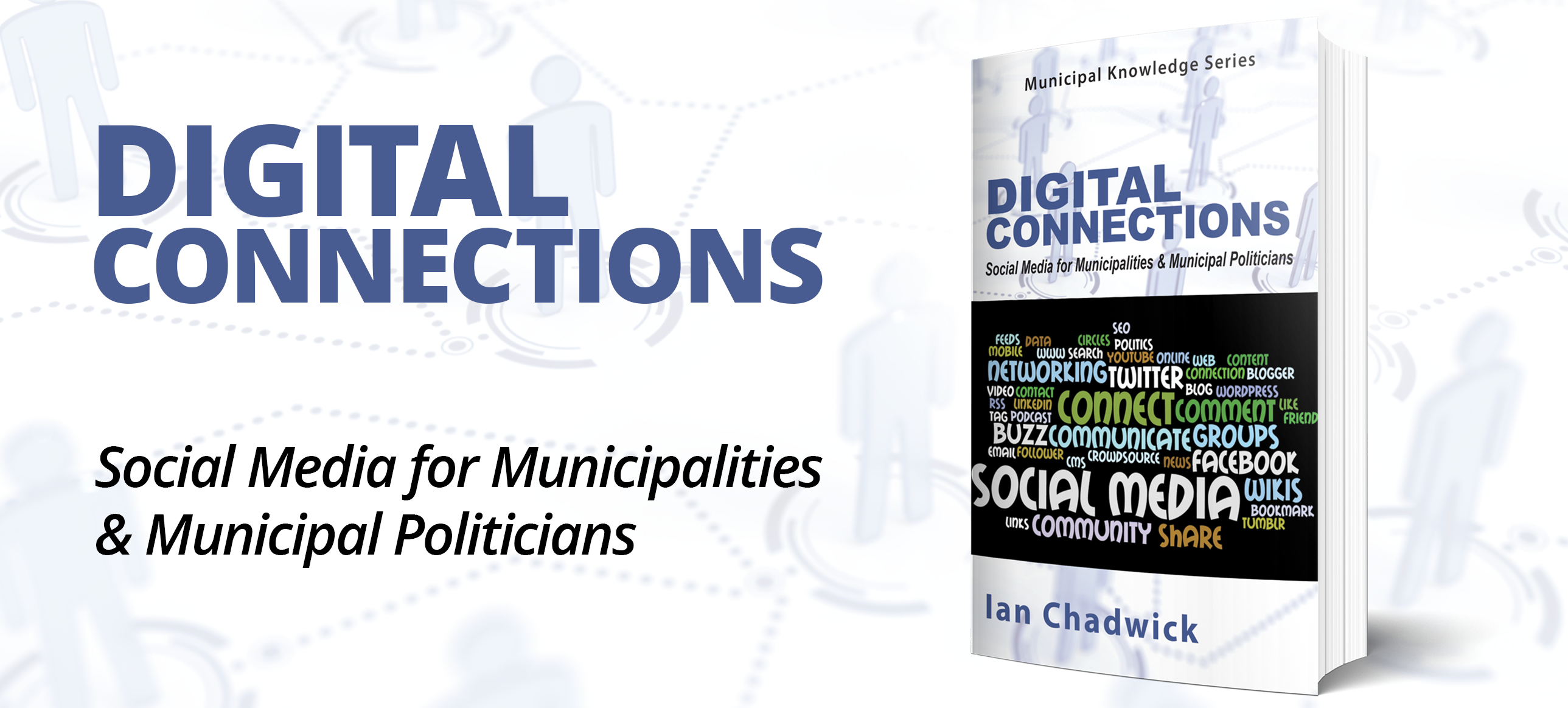Artificial intelligence & HR

In this era of social media and instant access to millions, everyone and everything seems to be in transition. Job postings often attract hundreds of applicants and this is where automation in recruiting and managing talent can be helpful. Artificial intelligence enables a targeted approach in identifying and assessing candidates who have the qualifications that an organization is looking for, especially in high-volume situations. In a very real sense, “artificial,” in this context, does not mean “fake.”
The Hiring Process
Applicant tracking systems, when properly deployed, can greatly reduce screening time and turnover, as these automatically line up candidates with the best “fit” for the position. The process, in short, is as follows: 1. candidates submit applications; 2. the system assesses applicants for required knowledge, skills, and fit; 3. the candidates with the best scores are interviewed; and 4. the recruiter or hiring committee picks a winner.
The concept of fit is tricky. It usually has three components: job fit, team fit, and organizational fit. Job fit is the easy part of recruiting, as it’s a matter of looking at skills, abilities, and experience. Team fit and organizational fit are harder, as these are based on the ability to work well with others and blend in with the culture. If we emphasize blending in, which includes conforming to unwritten rules and codes, we end up selecting people “like us” and screening out people who have a fresh perspective. Also, what it often comes down to with team fit is: Do the team members like the candidate? This can keep us from hiring great talent – and missing out on constructive disruption by people who have new ideas.
The Challenges with AI
As with any technology, applicant tracking systems are only as good as the people who operate them. One factor that is difficult to stamp out is the mindset of employers and recruiters, who all have their own filters, biases, and preconceived notions. The same applies to applicant testing systems (online assessments) that measure skill levels and motivation. There is no guarantee that the people operating these systems have been properly trained in aligning these tests with the requirements of the job and the organization, or in correctly interpreting the results.
There continues to be a need for sound judgment, as the human factor is crucial in spotting attitude and work ethic. Most applicants have the hard skills they list on their resumes, so the focus should be on attitude instead: Did the candidate make it onto the Dean’s List or Honour Roll? Did they qualify for scholarships or grants? Were they Employee of the Month at McDonald’s? Were they promoted to supervisor at Tim Horton’s? Did they win awards in sports or trips for outstanding performance? Have they raised funds for charities? Did they volunteer for disaster relief on Haiti or for Habitat for Humanity? These are all indicators of a willingness to contribute. It’s a drive, either innate or acquired, to excel in whatever is thrown their way, and they take this from job to job to job.
Even when a system works well and qualified candidates are flagged, it can still be a challenge for a recruiter to get them in front of a client. No system will ever be perfect and positive outcomes are never guaranteed – we will only find out whether we hired right once someone is actually in the job.
HR can play a key role in introducing and leveraging artificial intelligence in recruitment and talent management, but also in guarding against losing the human touch. This technology is not intended as a wall to hide behind; putting up electronic roadblocks and calling it due diligence doesn’t benefit anyone. An applicant tracking system is a powerful tool that needs to be carefully tuned and wielded. This can be achieved, for instance, by having well-trained professionals run it, analyzing in interviews which applicants did well and which did not, obtaining feedback from runner-up applicants, spot-checking strong resumes that weren’t flagged (and finding out why not), and feeding findings back into the system. All of this helps ensure that selection criteria are valid, that the system is dependable, and that it can yield optimal results. MW
A version of this article was published in Municipal World, July 2018
You might also be interested in the full version of this article or in Evert’s other article: Recruitment & Retention. Note that you can now access the complete collection of past articles (and more) from your membership dashboard.
Evert Akkerman is an HR Consultant and the Founder of XNL HR. In 2015, he won the inaugural Rhonstad Canada Award for Innovation in HR. In 2016 and 2017, the Canadian HR Reporter named him one of the Top 25 HR Professionals in Canada.
Related resource materials:



